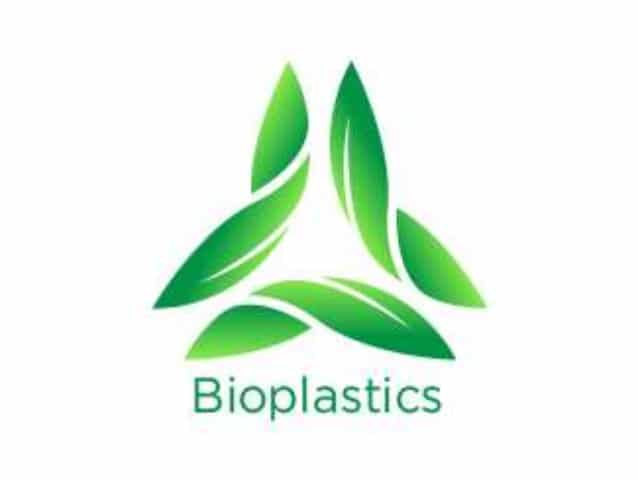Bioplastic is an increasingly popular word as the sustainable packaging moves forward. The meaning of the term depends on how it is being used and the context in which it is being framed. While this blog is in no way meant to be technical nor an absolute, my hope is the information below provides a general and simple way of understanding what is meant in various contexts where bioplastic is mentioned.
The term bioplastics is a broad term that addresses two independent concepts: Biobased and Biodegradadable/Compostable.
A few simplified definitions:
Bio-Based: Biobased refers to the renewable origins of how the material is made (as opposed to non-renewable fossil fuel based). Plants are the most prominent source for biobased materials in the current marketplace.
Compostable: Biodegradable/Compostable refers to how the material acts at the end of life. We will use compostable moving forward as it has a defined measure for degradability (the term “biodegradable” does not).
Thinking of bioplastics in terms of beginning of life and/or end of life will clarify what is meant by bioplastics in any context. We will look at the four possible combinations of biobased and compostable.
- Can a material be bio-based and compostable? Yes and it is considered a bioplastic. The material is made either entirely or partially from plants (or renewable sources) AND is also compostable at the end of life. Example: Tipa Corp compostable material. https://tipa-corp.com
- Can a material be bio-based and not compostable? Yes and it is considered a bioplastic. The material is made either entirely or partially from plants (or renewable sources) AND is NOT compostable at the end of life. Example: Braskem Green PE https://www.braskem.com (recyclable at end of life)
- Can a material be non biobased and compostable? Yes and it is considered a bioplastic. The material is made from fossil fuel based sources (or non-renewable sources) AND is compostable at the end of life. Example: Some forms of PBAT http://www.bioplastics.guide/ref/fossil-based/biodegradable
- Can a material be non biobased and non compostable? Yes but it is a not a bioplastic. The material is made from fossil fuel based sources (or non-renewable sources) AND is NOT compostable at the end of life. Example: Many of the existing LDPE bags you see today in the market…bread, ice etc. (recyclable at end of life).
The 4 scenarios above refer to vastly different materials. 1, 2 and 3 all fit under the “bioplastic” broad definition umbrella. Number 4 does not.
Benefits of bioplastics are generally as follows when compared to conventional versions:
- They save fossil fuel based resources by using plant based materials which are regenerative
- Provide the unique potential of being carbon neutral.
- For compostable bags, there is an additional potential means of recovery at the end of the products life.
The challenges for bioplastics (different materials have varying degrees of the below):
- Cost
- Scalability and Lead-time
- Access to a variety of configurations
- Convertability into various packaging forms
At Clear View Bag, we are now converting two kinds of bioplastics: Tipa compostable material (option #1 above) and Braskem Green PE materials (option #2 above). We also have a full range of non bioplastic packaging options (#4 above). For more details on materials and our sustainability efforts, visit https://www.clearviewbag.com/sustainability/.
Thanks for reading!
Trent
The sources below will provide more information on bioplastics:
- Podcast: Biobased radio monthly podcast…Ohio State University
- Website and Email Posts: www.BioplasticNews.com
- More technical definitions: http://natureplast.eu/en/the-bioplastics-market/
- Quick video: https://www.youtube.com/watch?v=9YvTE3l_5FI
- Website: www.european-bioplastics.org/bioplastics/

